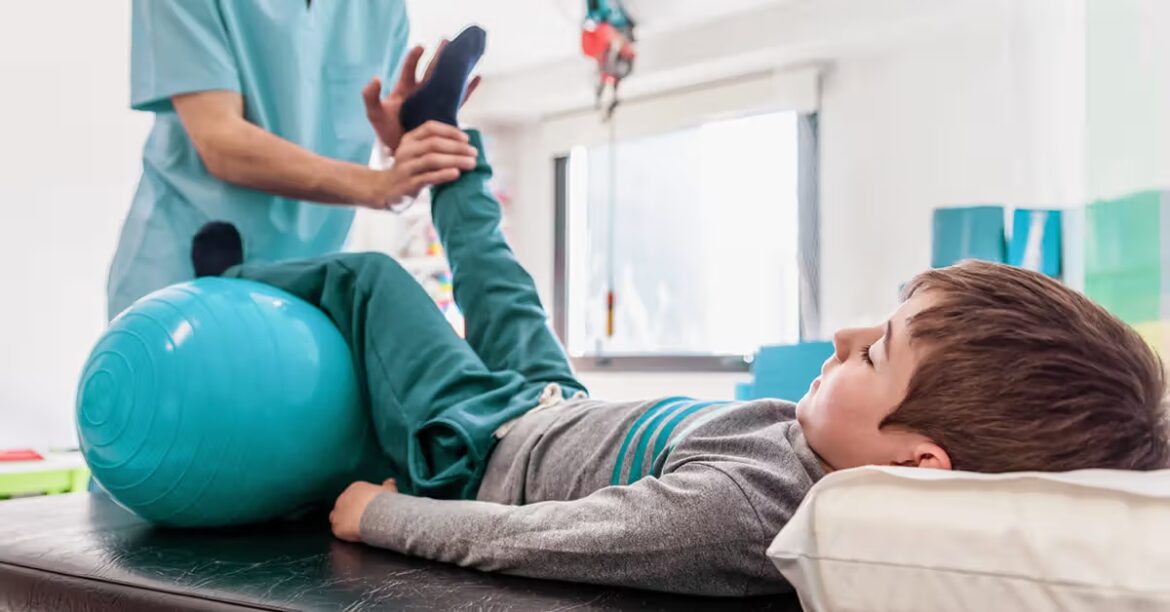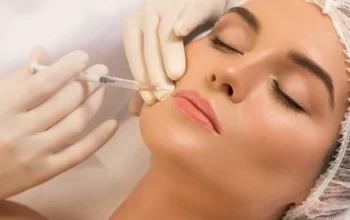The human body is certainly a marvel. There are so many things about the way the body works and functions that fascinates a lot of people. Having a healthy body can be a great blessing and people should be trying their best to take care of their health apart from taking medicine when needed. However, certain health problems may cause issues and make a person having a difficult time to live normally, such as with muscular dystrophy.
Muscular dystrophy is a group of rare diseases, characterised by weakened muscle that progressively become worse. In general, muscular dystrophy affects the muscles that control movement known as the voluntary muscles such as limb and affects muscles controlling involuntary muscles such as the heart and respiratory muscles. There are more than 30 kinds of muscular dystrophy which varies in terms of age, severity and muscle affected. One thing for sure, all forms of muscular dystrophy tend to become worse over time. Most people with muscular dystrophy lose their ability to walk. Below are the most common types of muscular dystrophy:
- Duchenne muscular dystrophy- common in child, severe form, symptoms starts around aged 2 to 5 years old
- Becker muscular dystrophy- less severe than Duchenne muscular dystrophy, often starts in teenage years
- Myotonic dystrophies- first affecting the small muscles such as face, jaw and neck
- Facioscapulohumeral muscular dystrophy- starts in teenage years, firstly affect muscle face, shoulders with upper arms
- Congenital muscular dystrophy- present at birth or before age of 2
- Limb-girdle muscular dystrophy- weakness in the group of big muscle around the shoulders and hips
The main cause for muscular dystrophy is defects in gene. The defective genes are unable to produce essential protein such as dystrophin for the muscle to work properly. Due to the fact that muscular dystrophy is associated with genetic, this means that most cases are inherited from parent to child. Only few cases of muscular dystrophy are caused by new genetic abnormality, known as spontaneous mutation. This means that a person may be affected with muscular dystrophy despite not having family member with the same condition.
To understand how muscular dystrophy affects muscles, it is best to understand a bit more on muscle first. Thousands of fibres can be found in muscles. These muscle fibres contain cells covered by the membrane. The muscle fibre membrane has dystrophin-glycoprotein complex, a group of proteins that protect the muscle fibres from damages as it contracts and relaxes. Muscle contraction occurs when the brain sends signals for the body to release acetylcholine. Since muscular dystrophy affects the production of dystrophin, it affects the protective membrane function. This then leads to damage to the muscle fibres . Damages will cause an end for the muscle fibres as it dies and lead to progressive muscle degeneration. Some form of muscular dystrophy is caused by defects to the surrounding connective tissues or toxic gene products in muscle fibres.
It can be difficult to know the exact number of people affected by muscular dystrophy. The resemblance of symptoms in muscular dystrophy with diseases such as myopathy, can make muscular dystrophy diagnosed at a late stage. Some people with muscular dystrophy may have had signs or symptoms evident to muscular dystrophy but does not prove to carry any of the genetic mutations that are known before.
One of the concerns by both patient or caretaker with patients diagnosed with muscular dystrophy is the treatment options available. There are treatments that can alleviate symptoms. Treatment can also prevent complications. Treatment are usually a combination of treatment choices, depending on the type of muscular dystrophy. In general, treatment may include
- Physical therapy- physical activity and stretching that helps to keep muscle flexible
- Respiratory therapy- treatment to delay respiratory problem or prevent breathing issue, some cases may need ventilator to breathe better
- Speech therapy- helps to maximise muscle strength of the facial and throat, methods used such as pausing between breaths and specialised communication aid
- Occupational therapy- help patient relearn the lost motor skills and ways to cope with weakened muscles
- Surgery- may be needed in problem such as the heart, abnormal spine curvature or cataracts associated with muscular dystrophy
- Medications- help to slow down damages to muscle or ease symptoms, commonly used medicines are prednisone, immunosuppressants, antihypertensive drugs and anticonvulsants
It is worth noting that there is no cure for muscular dystrophy. Treatments provided are able to improve patient’s condition and symptoms. Treatment will depend on the problems caused by the type of muscular dystrophy. On the bright side, there are new treatments that may be made available soon known as gene-based therapy. This therapy aims to restore the gene’s ability in producing protein for muscle function. Drugs such as eteplirsen are used to treat certain muscular dystrophy by producing more usable dystrophin protein.




